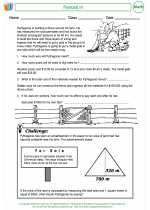Bisect
In geometry, "bisect" means to divide something into two equal parts. This concept is often used when discussing angles and line segments.
Understanding Bisecting Angles
When you bisect an angle, you are dividing it into two smaller angles of equal measure. The point where the angle is bisected is called the "vertex" of the angle.
To bisect an angle, you can use a compass and a straightedge to create an angle that is exactly half the measure of the original angle. Alternatively, you can use a protractor to measure the angle and then divide that measure by 2 to find the bisected angle.
Bisecting Line Segments
Bisecting a line segment means dividing it into two equal parts. This can be done by finding the midpoint of the line segment, which is the point exactly halfway between the two endpoints of the segment.
To bisect a line segment, you can use a compass to mark off equal distances from each endpoint, or you can use a ruler to measure the total length of the segment and then divide that length by 2 to find the midpoint.
Study Guide
Here are some key points to remember about bisecting angles and line segments:
- When bisecting an angle, you are creating two smaller angles of equal measure.
- The point where the angle is bisected is called the vertex of the angle.
- Bisecting a line segment means dividing it into two equal parts.
- The midpoint of a line segment is the point exactly halfway between the two endpoints of the segment.
- Using a compass and straightedge, or a protractor and ruler, are common methods for bisecting angles and line segments.
Practice bisecting angles and line segments to improve your understanding of this concept. You can use geometry tools or online interactive resources to explore and reinforce your knowledge.
Remember that bisecting involves creating equal parts, so precision and accuracy are important when applying this concept in geometry problems.
.◂Math Worksheets and Study Guides Fifth Grade. Measurement
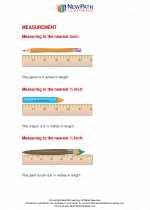
 Activity Lesson
Activity Lesson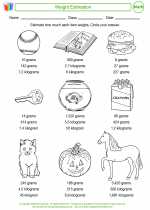
 Activity Lesson
Activity Lesson
 Activity Lesson
Activity Lesson
 Activity Lesson
Activity Lesson
 Activity Lesson
Activity Lesson
 Activity Lesson
Activity Lesson
 Activity Lesson
Activity Lesson
 Activity Lesson
Activity Lesson
 Worksheet/Answer key
Worksheet/Answer key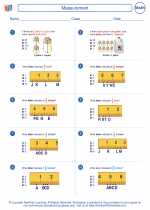
 Worksheet/Answer key
Worksheet/Answer key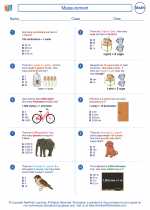
 Worksheet/Answer key
Worksheet/Answer key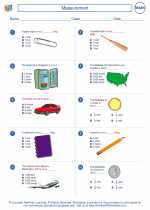
 Worksheet/Answer key
Worksheet/Answer key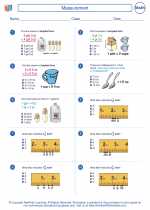
 Worksheet/Answer key
Worksheet/Answer key
 Worksheet/Answer key
Worksheet/Answer key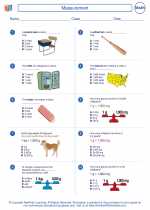
 Worksheet/Answer key
Worksheet/Answer key
 Worksheet/Answer key
Worksheet/Answer key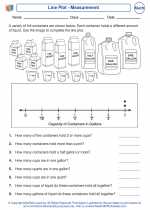
 Vocabulary/Answer key
Vocabulary/Answer key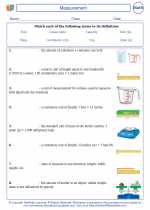
 Vocabulary/Answer key
Vocabulary/Answer key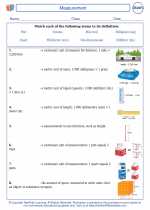
 Vocabulary/Answer key
Vocabulary/Answer key